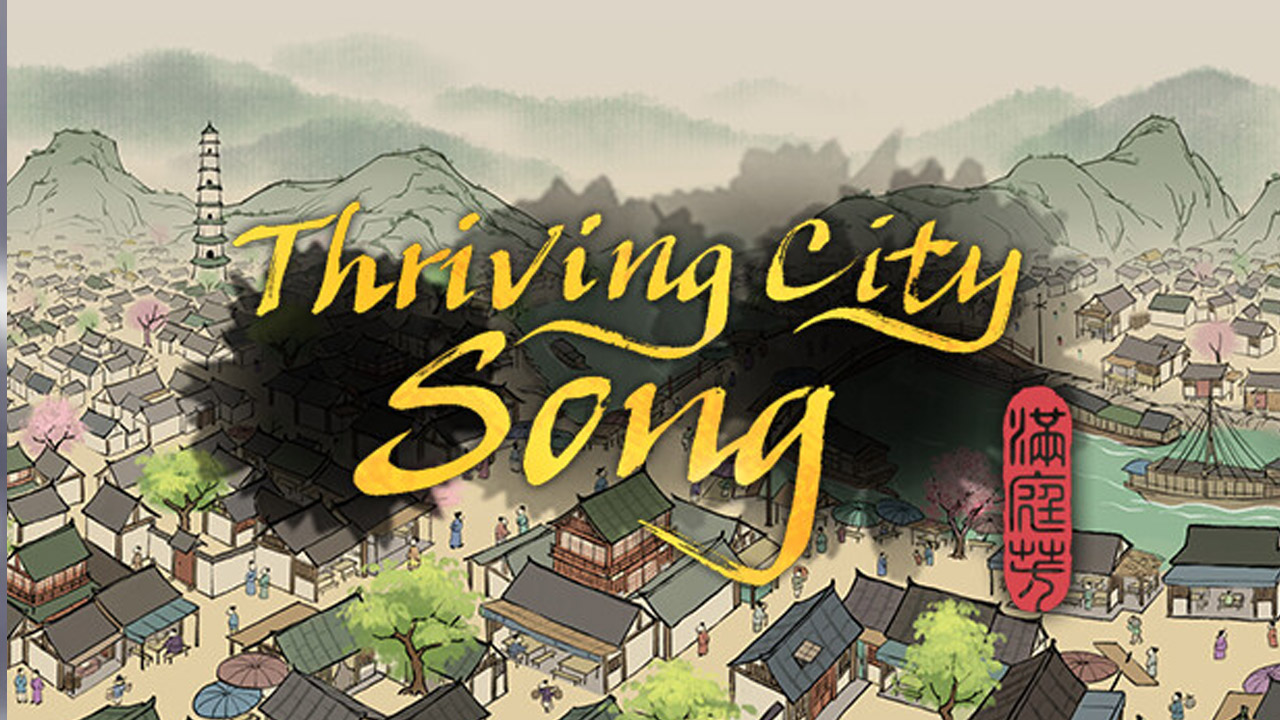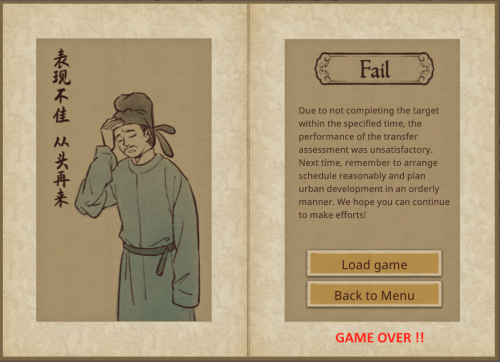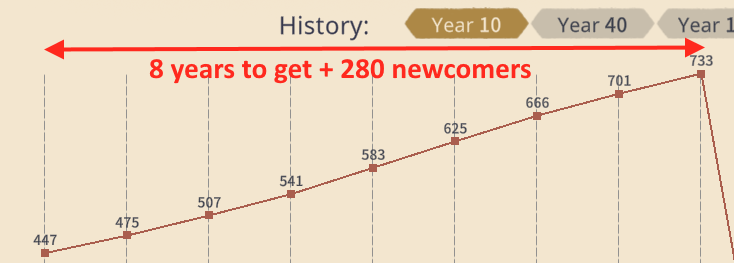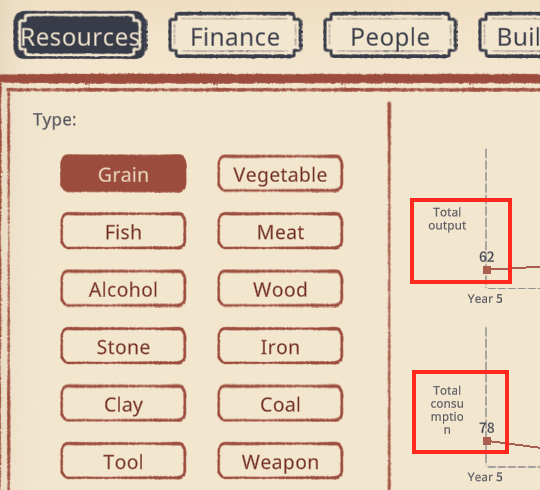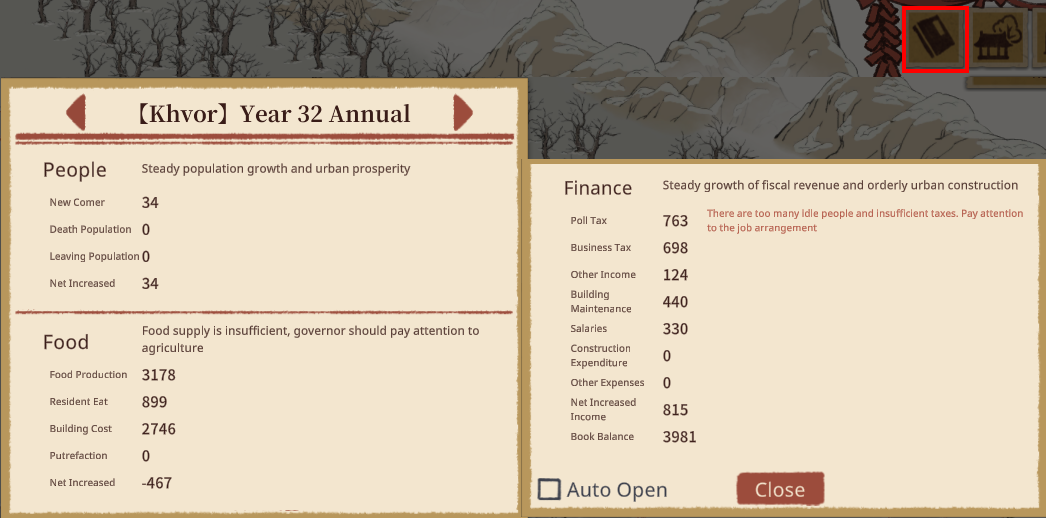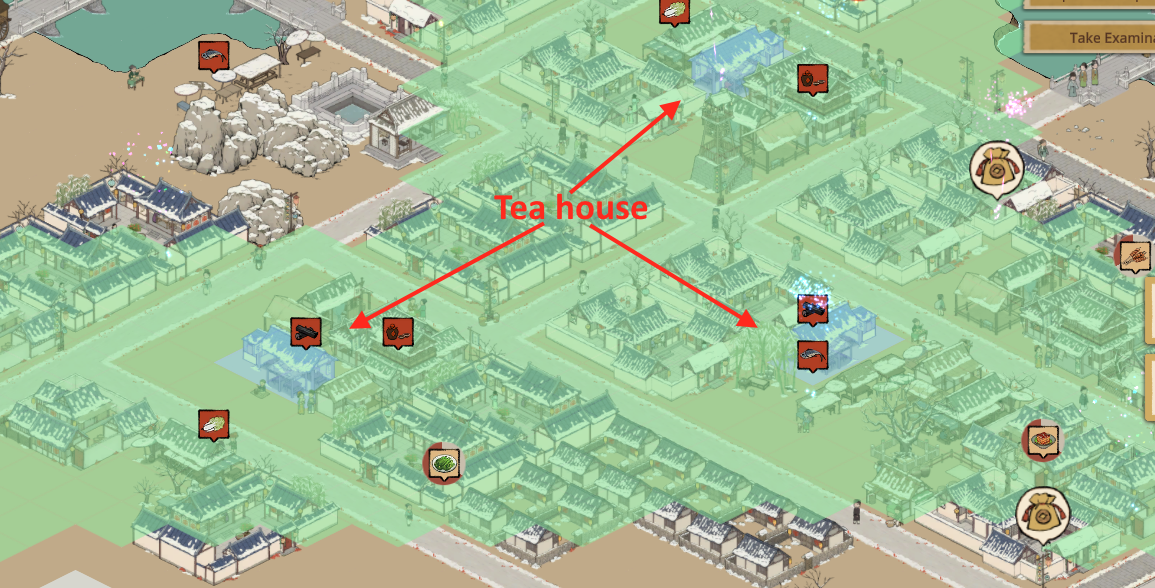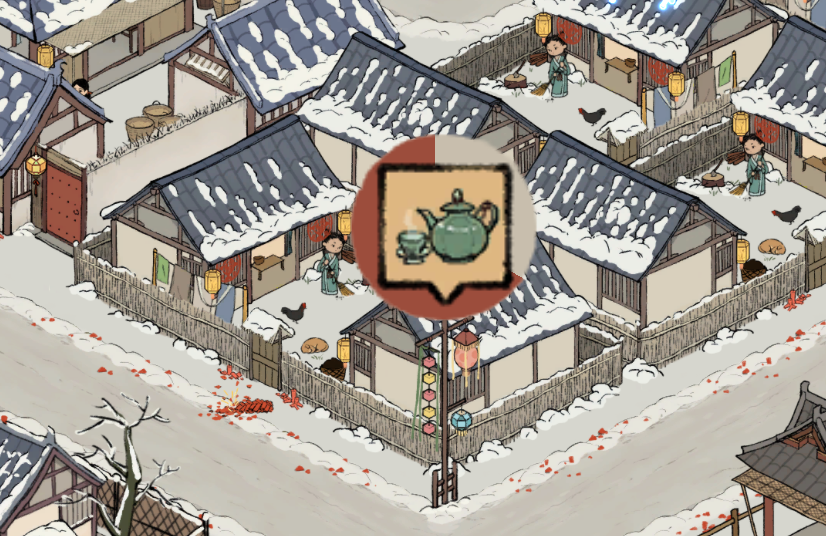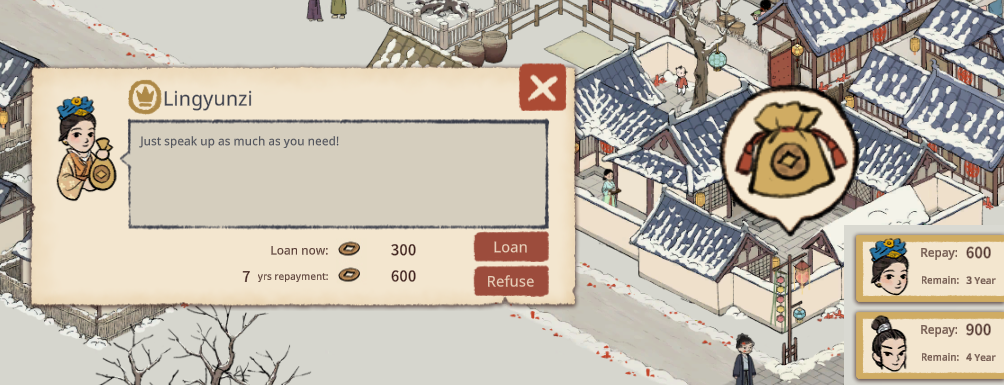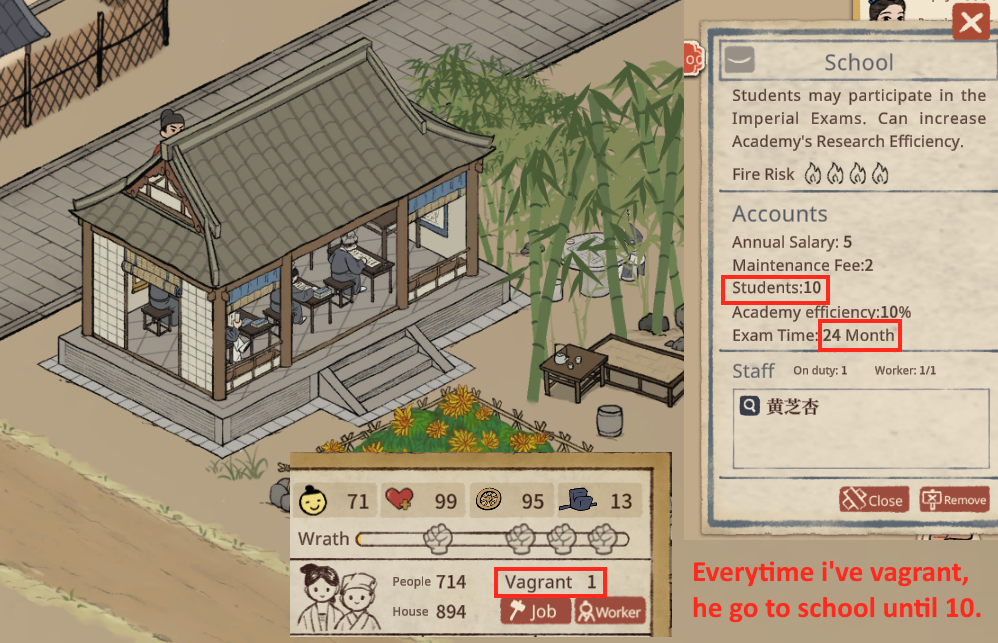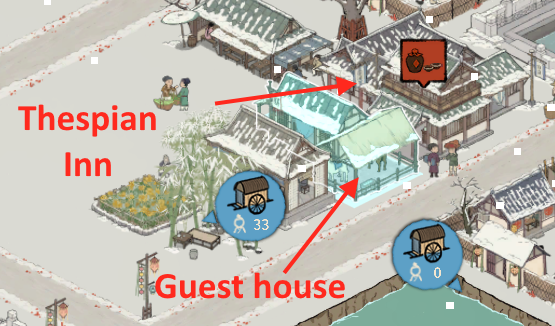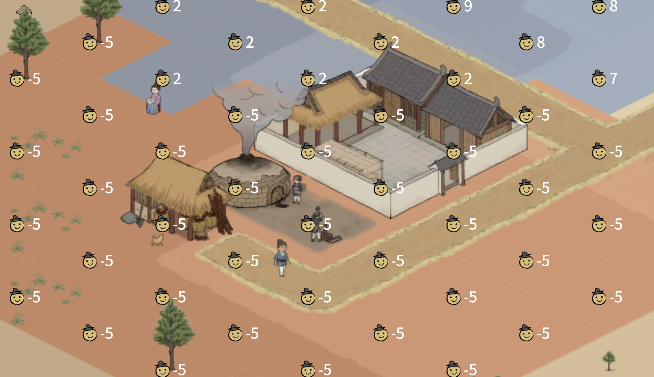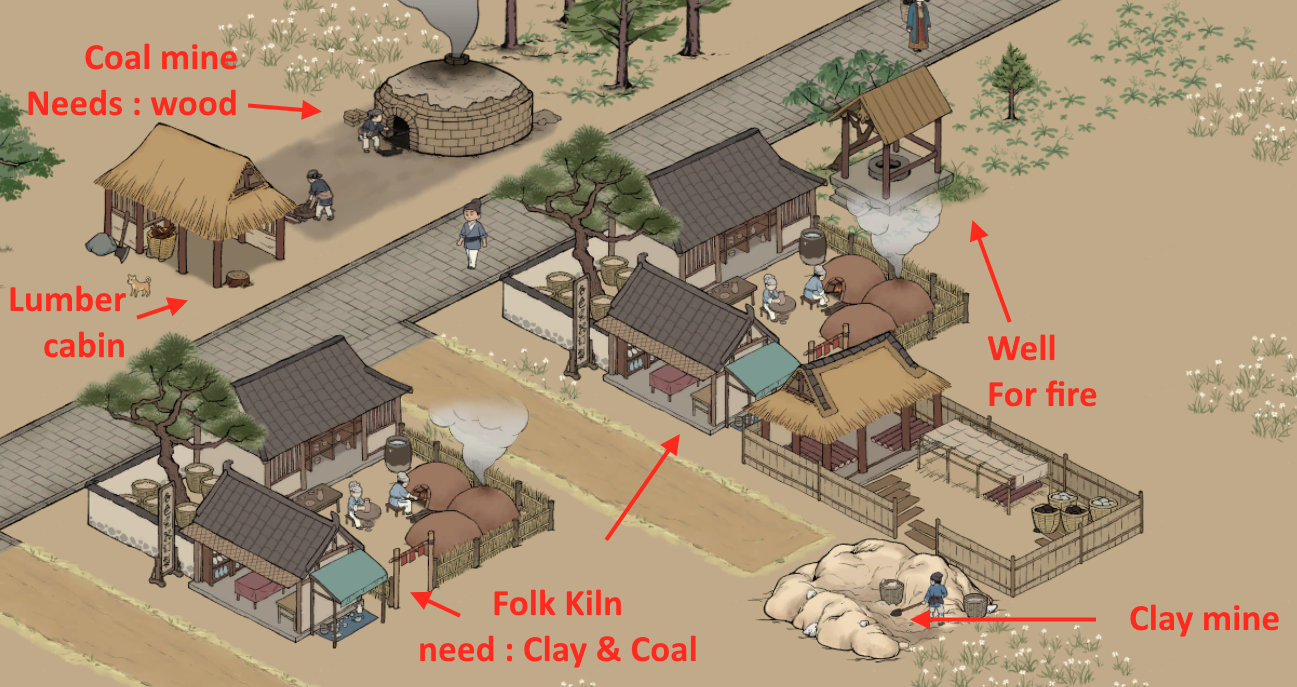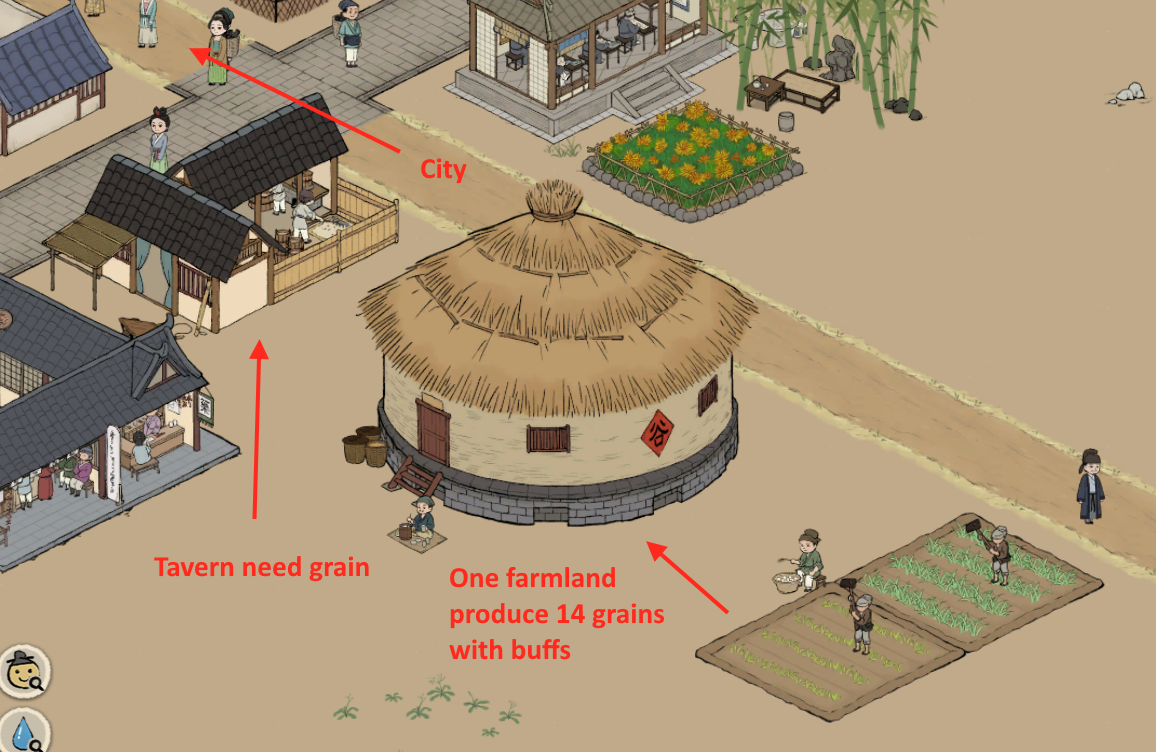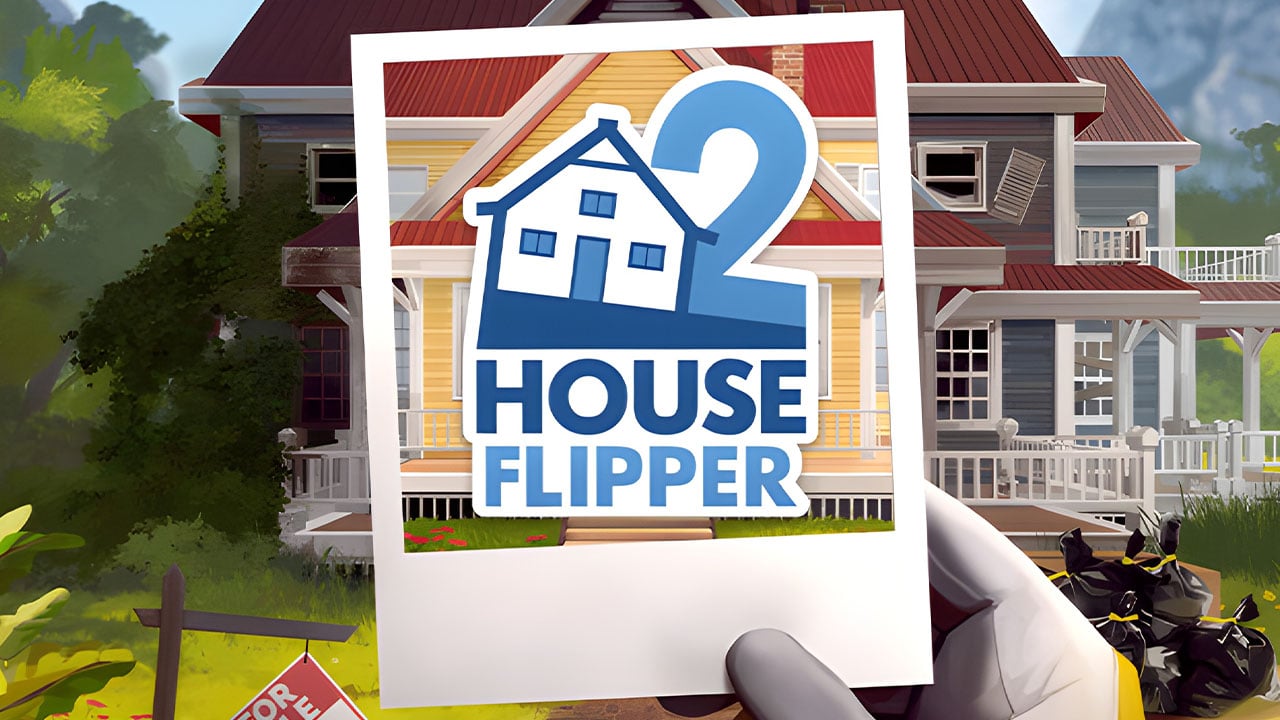A couple of tips that could help beginners in Thriving City: Songs.
Story tips
Do the tasks they ask you before the end of the party. Else, you will get a game over and you will waste hours of playing. (The remaining time before the end is time left for reaching the population asked.)
A real mess: The city you begin with in story mode is pretty wrong-designed. Feel free to destroy stuff (houses, shops, workshops, …) to make it more optimize.
General tips
Buffs: Try to discover new buffs by trying to mix stuff together. Some buffs can be really useful to get some bonus from time to time. But don’t rush it, most of the buff is about tourists, it’s not that important, even if it gives more money.
Happiness and city growth: Happiness is important. The more the city is happy, the bigger the wave of newcomers every year. When you need 300 more folks, it can take years to fill it up if the happiness is under 50.
Knowledge is power: Use the statistic tool to know the problem of your city. It’s the best way to know if you produce enough resources to fulfill the city’s needs. You can also see if some tourists are leaving without a carriage (so you know if you need to build more guest houses).
Annual report: Check the annual report from time to time, you have more details about the stats and more summary than in the graph. It can help to understand an unknown problem. It gives more details than the window on the bottom left of the screen. I find it more helpful combined with the stats of the party.
Here, my economics and industrial building consume a lot of food. I’m lacking 400+ food to provide the buildings.
I will add more tips in the future.
City tips
City Design: For the economic building, it’s better to build diagonally than in a straight line (Meaning that will go through the village). since the economic building green range (like tea house, lodge, thespian inn, …) are diamond shaped and not square. Meaning that you need to put some economic building in the middle of the houses.
House needs: When a house wants something in particular, a bubble appears with the icon of what it needs (example below with the tea). When the bubble is completely red, you get a red thumb.
Two reasons can make this bubble happen:
- The tea house don’t have the supplies needed to produce enough tea for everyone.
- The tea house is not in range of the house. (Not in the green area of the tea house range)
It is often a range issue.
Mansion & loan: Build a couple of mansions when possible. You will get loans from rich people. A loan that you need to pay back in a couple of years. It is less risky than a central loan since the family will just be angry at you if you don’t pay on time.
The outside world
School and exams: Try to always have unemployed people, called “vagrants”, because they will pop up all the time and be sent to school. Until the school is full. Research goes faster and you have students who will be able to pass exams. The exams are spaced through time, so, you don’t want to miss any of them, or else you will have to wait a couple of years until the next exam. It should be your main priority when you start a new game.
Note: One time, I had no exams for more than 38 months. So, it can be really long, you don’t want to miss it.
Don’t get too much vagrant, else, you will have thieves in the street. Get enough houses to have a complete workforce and a bunch of vagrants.
Tourist commodities: Always build a guest house and stick to a Thespian inn. Then, you will have plenty of wagons bringing tourists to your city. (For the why, it’s just because a guest house sticks to a thespian inn gives a buff).
The buff doesn’t work with large guesthouses. But those guest houses are also interesting to build. So, do as it fits you the most.
Note: The large guesthouse has a faster coach and can bring more tourists inside the carriage. Else, the cost is double in terms of wages and fees. So, it gives you more tourist money at the end.
Example of industry chain
Optimizing supplies: Cut travel time as more as possible. Meaning that a village has needs (alcohol, coal, …). So, you need to build industry and agriculture nearby to be able to do all the production chain. (Coal mine, tavern, plot, farmlands, lumber, …) as close as possible to the city.
Be careful about happiness, some buildings give negative happiness. And sometimes you can’t do it, for example with the clay mine or iron mine (Since you need to put the industry near those mines), but when you can do it, do it.
Note: The layouts below are just for display purposes, they are not optimized in terms of efficiency.
Folk Kiln production:
Alcohol production: A farmland produces 14 grains (with buffs) PER YEAR. A tavern produces 20 alcohol PER YEAR and needs 8 grains to produce 4 alcohol. So you need a bunch of farmlands to provide a tavern all the years long (2 should be enough).
A tavern can go to 25+ if you have grains and workers during the entire year.
